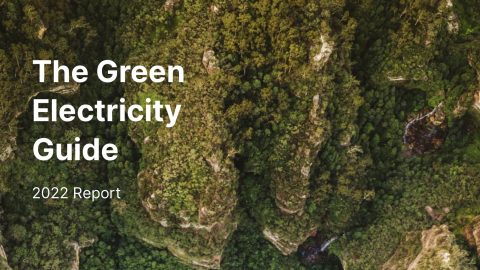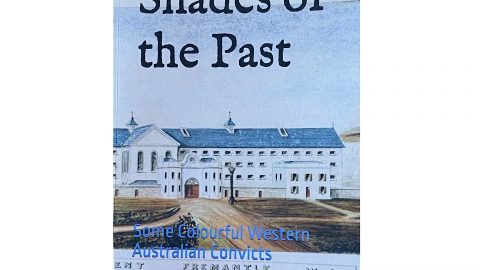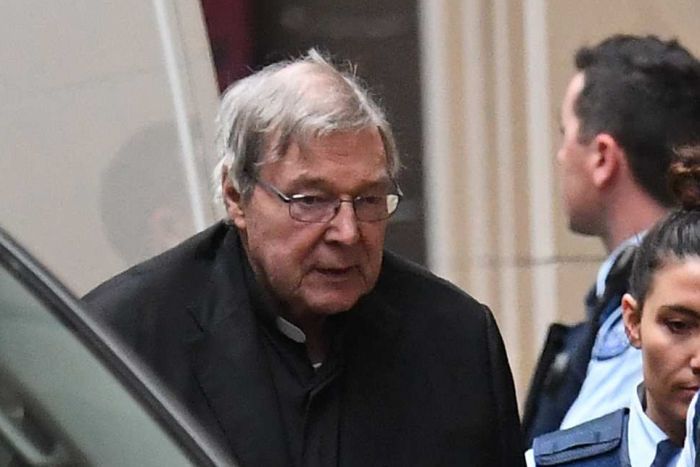As a university student on a break from study and raising my two children, I left my home in Orient Street, Fremantle in 1981 and travelled north, with three women friends in a borrowed campervan, as many students did then and no doubt still do. We were headed to Broome and Fitzroy Crossing and expected the trip there and back to take two weeks.

The Burrup 1981. State Library of WA.
An English migrant who’d arrived a dozen years before, I had never been north of Yanchep, the suburb developed by Alan Bond, a name now infamously associated with the entire eighties decade in WA. Our first stop on this trip was to see the Pilbara and one of the friends had gained permission to visit a place she called Patterson Valley on the Burrup Peninsula. Patterson, apparently, being the anthropologist who had come across the valley.
All of us were interested in Aboriginal people and culture, informed as much by our study and work as by the 1980s dispute over the WA Government-sponsored drilling of a sacred site on Nookanbah, the Aboriginal-run pastoral station in the Kimberley. In the previous few years, Aboriginal and non-Aboriginal people had joined together to resist, and there were many arrests. There proved to be no oil, but the dispute became important for the emerging lands rights movement.
My memory of the day we arrived in the valley on the Burrup, known as Murujuga, brings emotions to the surface, for we found ourselves dwarfed by rocks rising on both sides with, seemingly, every rock etched with an engraving. Hundreds of very hard rocks; hundreds of drawings. Commonly-quoted figures for the entire Burrup peninsula are that the site contains over 2,300 important sites and over a million ancient rock art engravings or petroglyphs. Petroglyph is the term used for this art made painstakingly by people “pecking, hammering, or abrading”, using small rocks as tools. As a Guardian article stated in 2018, the peninsula has the ‘densest known collection of hunter-gatherer petroglyphs in the world.’
On that warm July day, we stood open-mouthed and silent, looking at etched turtles, birds, lizards, roos, sailing ships, dates and what looked like spirit figures. It seemed like a history, a celebration of nature and story, a trace of people’s lived existence and creativity. It was overwhelming, and we were in awe. I had only seen indigenous rock carvings in pictures and then, not many; I had never seen such an array as this. We spent that evening excited, wondering how such a space might be protected and visited by people from all over the world – could a massive custom-built hangar be built to protect it, perhaps with proceeds going to traditional owners? Question on question arose as we sat around our bonfire that night and reached a readily-agreed conclusion: this valley should be known to the entire world as one of its greatest wonders.
This memory from over forty years ago easily brings tears, knowing now how disrespectfully and casually the site has been treated. This treasure which scientists have assessed as containing art that is over forty thousand years old, with some drawings perhaps even up to fifty thousand years, making them far older than the world-famous Lascaux cave drawings of France (at 17,000 years old).
Incredibly, some of the Burrup images could have been produced before the last Ice Age. Our time has much higher sea-levels and much of the coastal land and evidence of early communities is now below the sea, making the rock art even more precious. Dating of petroglyphs is difficult as their production involves removing surface rock patina, unlike a rock or cave painting which adds material to the rock surface and can therefore be tested. But, as I understand it, the recent dating of Sulawesi cave paintings at 37,900 BCE is a significant marker for dating Murujuga rock art. This is because the ‘Australian’ land mass was accessed via South-East Asia, where shorter ocean journeys and “land-bridges that would appear at times of low sea levels made such journeys possible” (Australian Museum).
We now know that the rock art depicts many extinct species, including “a giant flat-tailed kangaroo, a species of megafauna that died out more than 30,000 years ago” (Guardian 2018) and a thylacine (Tasmanian Tiger) and Tasmanian Devil (both locally extinct for 2000 years) and that Murujuga is a deeply-sacred indigenous site. The area is said to contain the first images of the human face, imagine that. In one area, a series of standing stones commemorates the 1868 Flying Foam massacres by colonial settlers which led to the virtual extinction of the local Yaburara clan.

Credit Alex Leach and ABC
The unique rock art sites on the Burrup have been and are affected by powerful industrial interests and poor government decision-making; it is a vexed history. Deeply problematic and polluting industry applications for development by Woodside and other industries have been fast-tracked and approved by State and Federal Labor governments. The 4.5 billion-dollar Perdaman fertiliser plant was approved by the State and Federal Governments even as the Commonwealth Government supported an application to UNESCO for World Heritage listing of the Murujuga Cultural Landscape.

Artist’s impression of proposed Perdaman plant
Several years ago, State and Federal Governments approved the construction of an Ammonium Nitrate plant in the heart of the Burrup by Norwegian company Yara. In what looks to be an act of ‘greenwashing’, the company has also been approved to construct 37 hectares of solar panels, adjacent to the proposed World Heritage site.
To facilitate the building of the 6.4 billion-dollar Perdaman fertiliser plant (producing only 200 jobs), Minister Plibersek, the Commonwealth Environment Minister, permitted the removal of three rock art motifs despite an emergency application to save them by two Murujuga Aboriginal custodians (under sections 9 and 10 of the Federal Aboriginal and Torres Strait Islander Heritage Protection Act). Perdaman had rejected using the purpose-designated Maitland Industrial Estate, an approximate 2,500 ha of land which was fifteen kilometres away and devoid of rock art.
By 1981, the year of our visit, the Burrup sites had been studied by the WA Museum for almost twenty years and, according to archaeologists, 5000 petroglyphs had already been removed or destroyed to make way for Woodside’s Northwest Shelf LNG project. According to statements in the WA Parliament, Woodside later removed 941 petroglyphs in 2007-8 to make way for its Pluto LNG plant.

Woodside Northwest Shelf Karratha Gas plant looking south from Withnell Bay with Pluto and King Bay in background today. Credit Woodside
The recognition of Aboriginal sites of significance is not only about respecting Aboriginal culture and history. As important and essential as that is, it is also essential to all of us in terms of our identity and cultural inheritance.
When I left England to come to Australia I felt uprooted from an ancient past that had been evident all around me in the UK. To name just a few traces: a Roman road went through my village, the church was part-Saxon, and some fields preserved and registered as having medieval ridge and furrow forms. After living here for some time, I keenly felt the absence of such deep-rooted belonging. In the 70s and 80s Australia’s ancient past seemed hidden, and neither ancient Australia, nor its Aboriginal custodians were respected. This affected my sense of attachment to Australia for many years and, I am guessing, still affects the sense of belonging of the many people who have come here from other lands.
It is ironic that in Britain, the land of our (only very recent) colonial ancestors, ancient heritage is not only systematically respected, recorded, studied but also, often turned to for profit. Along with its iconic nature programs, programs on ancient Britain must constitute one of the BBC’s prime exports with direct and indirect benefits to British tourism.
Our ancient history needs to be at the centre of our identity as Australians, not kept at the margins as a dispensable option. Humans have been in Australia for around 50,000 years, living for the majority of that time with great skill drawing on the arts to live meaningful lives in harmony with the environment. This is an understanding of our ancient heritage which all of us can respect and continue in whatever way we can.
The Voice to Parliament and the Executive, if the referendum is successful, might contribute to stopping the tragic destruction and disrespect of Australia’s ancient treasures, but, most essentially, all citizens, company directors, owners and share-holders, as well as politicians, must recognise and take responsibility for the vulnerable preciousness of our heritage. We all need to acknowledge that indigenous history is, most importantly, also non-indigenous history.
The skin of this country is the skin of us all, and its ancient stories, landscapes and artefacts are inseparable from understanding the land, our relationship to it and to each other.
* By Christine Owen. Unless otherwise indicated, photographs supplied by the author.
WHILE YOU’RE HERE –
PLEASE HELP US TO GROW FREMANTLE SHIPPING NEWS
FSN is a reader-supported, volunteer-assisted online magazine all about Fremantle. Thanks for helping to keep FSN keeping on!
** Don’t forget to SUBSCRIBE to receive your free copy of The Weekly Edition of the Shipping News each Friday!
Here’s the PODCAST. Enjoy!











